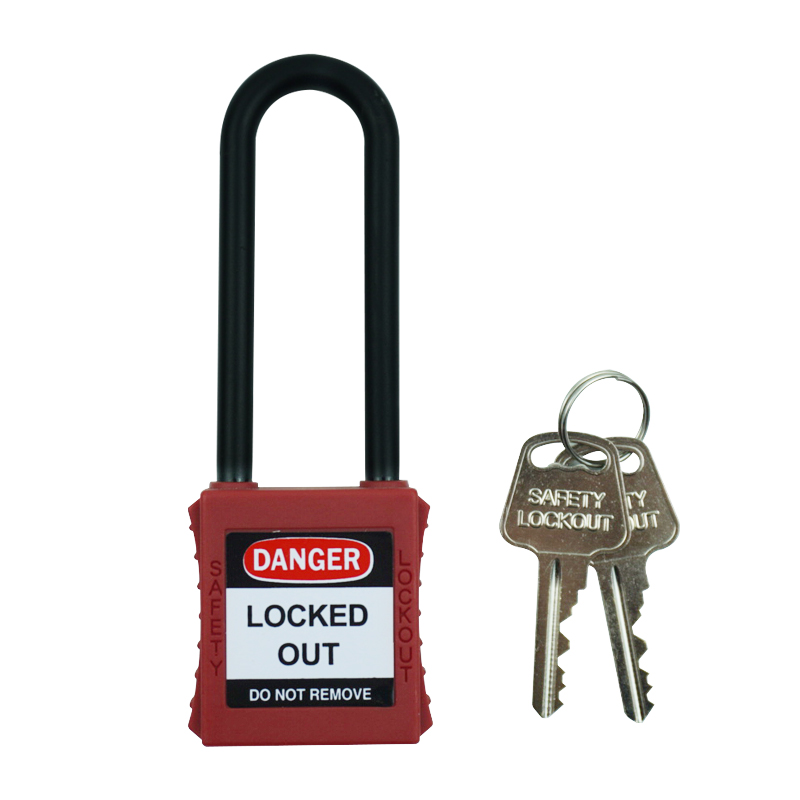Lockout/Tagout (LOTO) procedures are a vital part of ensuring the safety of workers when servicing or maintaining machinery. By isolating machines from their energy sources and securing them with locks and tags, LOTO prevents accidental machine start-ups that can lead to injuries or even fatalities. However, many organizations and employees make common mistakes in the implementation of these procedures, which can lead to significant safety risks. In this article, we will explore these mistakes and offer practical solutions to improve lockout/tagout practices and ensure workplace safety.
Mistake 1: Skipping LOTO Procedures for Quick Fixes
In a fast-paced work environment, employees might skip LOTO procedures to save time, especially for minor repairs. However, this shortcut can have severe consequences. For example, a technician might bypass LOTO when fixing a small issue on a conveyor belt, which could lead to accidental machine start-up. In high-energy environments, such mistakes are especially dangerous.
The Solution: Even for minor tasks, always adhere to LOTO procedures. Taking a few extra minutes to lock out machinery ensures the safety of everyone involved and prevents potentially catastrophic accidents.

Misusing locks and tags can create confusion about the safety status of machinery. For example, employees may leave keys in locks or use personal locks instead of designated lockout locks. This can lead to unauthorized access or confusion about who is responsible for the lockout.
The Solution: Only use approved, clearly marked lockout locks. Make sure that locks are properly secured and never leave keys unattended. This helps maintain accountability and reduces the risk of unauthorized machine start-ups.
A common mistake is neglecting to verify that a machine is fully isolated from its energy sources before beginning work. After locking out a machine, employees should test the controls to ensure that the machine cannot restart. Failure to do so can lead to unexpected energization and injuries.
The Solution: Always verify isolation before beginning maintenance. Test the equipment after applying LOTO to ensure it’s inoperative. This small step can prevent accidents and is crucial for safe operations.
Relying on coworkers to perform lockout tasks, such as asking someone else to lockout a machine while you focus on other tasks, is risky. Miscommunication can occur, and there’s a lack of accountability, which compromises the effectiveness of LOTO procedures.
The Solution: Every worker should be responsible for their own lockout procedures. This ensures accountability and clarity in safety measures, reducing the chance of errors.
In situations where several employees are working on the same machine, each must follow proper lockout procedures. Failing to isolate all energy sources properly can lead to accidents, especially when workers share equipment but don't communicate effectively about the lockout status.
The Solution: If multiple workers are involved, each should have their own lockout devices. This ensures that all energy sources are safely isolated and no worker is at risk of an unexpected machine start-up.
One of the most serious mistakes an organization can make is having incomplete or generic lockout procedures. Each piece of equipment has unique hazards, and failing to develop specific LOTO procedures for each machine can leave gaps in safety protocols.
The Solution: Develop detailed, equipment-specific lockout procedures. Regularly review and update these procedures to account for changes in equipment or safety standards, ensuring they remain effective and compliant.
Organizations sometimes neglect to conduct regular inspections of their lockout procedures. Without these periodic reviews, outdated or non-compliant practices may continue, increasing the risk of workplace accidents.
The Solution: Conduct regular audits and inspections of LOTO practices to ensure they are being followed properly. Address any gaps or issues found during these inspections immediately to maintain a safe working environment.

Training is key to the success of any safety program, including LOTO. Insufficient or outdated training can result in employees not fully understanding the procedures or their importance. Effective training ensures that workers are knowledgeable about the risks and safety measures.
The Solution: Provide comprehensive, up-to-date training programs for all employees involved in LOTO procedures. Conduct refresher courses periodically and ensure that training includes practical, hands-on experience with equipment and safety protocols.
Communication is essential when implementing LOTO procedures, especially when multiple workers or contractors are involved. Poor communication can lead to misunderstandings and unsafe practices, such as inadvertently working on energized equipment.
The Solution: Establish clear communication protocols, especially when multiple workers are involved. Use visible signage, color-coded tags, and regular meetings to reinforce lockout procedures and ensure everyone is on the same page.
Not all energy sources are as obvious as electrical power. Secondary energy sources such as hydraulic, pneumatic, or chemical energy can be just as dangerous. Failing to identify and isolate these sources can lead to accidental startup and injuries.
The Solution: Conduct thorough assessments of equipment to identify all potential energy sources. Ensure that all sources, including secondary ones, are properly isolated before beginning any maintenance work.
Another critical mistake is allowing unauthorized personnel to remove locks or tags from equipment. Only the person who placed the lock or tag should remove it once maintenance is complete.
The Solution: Implement strict procedures for the removal of locks and tags. Ensure that only authorized personnel are allowed to perform this task, and establish a clear protocol for verifying that all work is complete before locks are removed.
Using low-quality or generic lockout devices may save money in the short term but can be dangerous in the long run. These devices may not meet industry standards or be durable enough to withstand harsh working conditions, leading to non-compliance and increased risk.
The Solution: Invest in high-quality, compliant lockout devices that meet the industry’s safety standards. Durable, reliable lockout equipment will ensure safety and compliance and help avoid legal complications down the road.
Personal Responsibility: Every worker must take responsibility for their own lockout/tagout procedures. Personal accountability is essential to ensure safety and prevent errors.
Comprehensive Procedures: LOTO procedures must be specific to each piece of equipment and regularly updated to reflect any changes in machinery or operational processes.
Employee Training: Continuous training is critical. Workers should be familiar with all aspects of LOTO and receive regular refresher courses to stay updated on safety protocols.
Communication: Clear and consistent communication is necessary for LOTO procedures to be effective, especially when multiple workers are involved in maintenance.
Inspections & Audits: Routine inspections and audits are essential to ensure that LOTO practices remain effective and compliant.
Quality Equipment: Only use high-quality lockout devices and tags that meet safety standards to ensure reliable isolation and prevent accidents.
Lockout/tagout procedures are critical to ensuring the safety of workers during maintenance and repair work. By understanding and avoiding the common mistakes outlined in this article, both employees and organizations can significantly reduce the risk of accidents and injuries. Implementing effective LOTO practices, providing thorough training, maintaining clear communication, and investing in quality equipment are essential steps to ensure compliance and protect worker safety.
